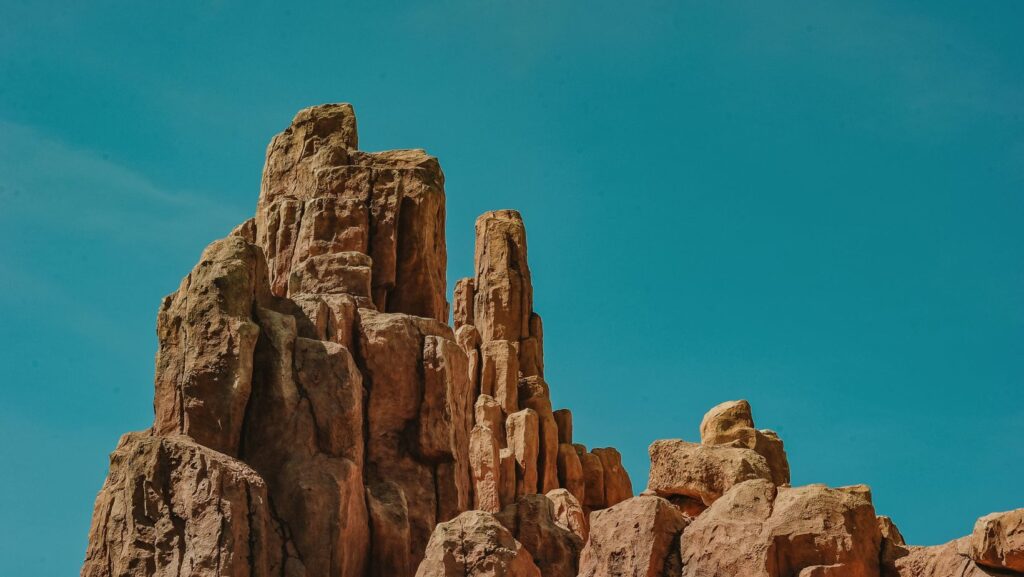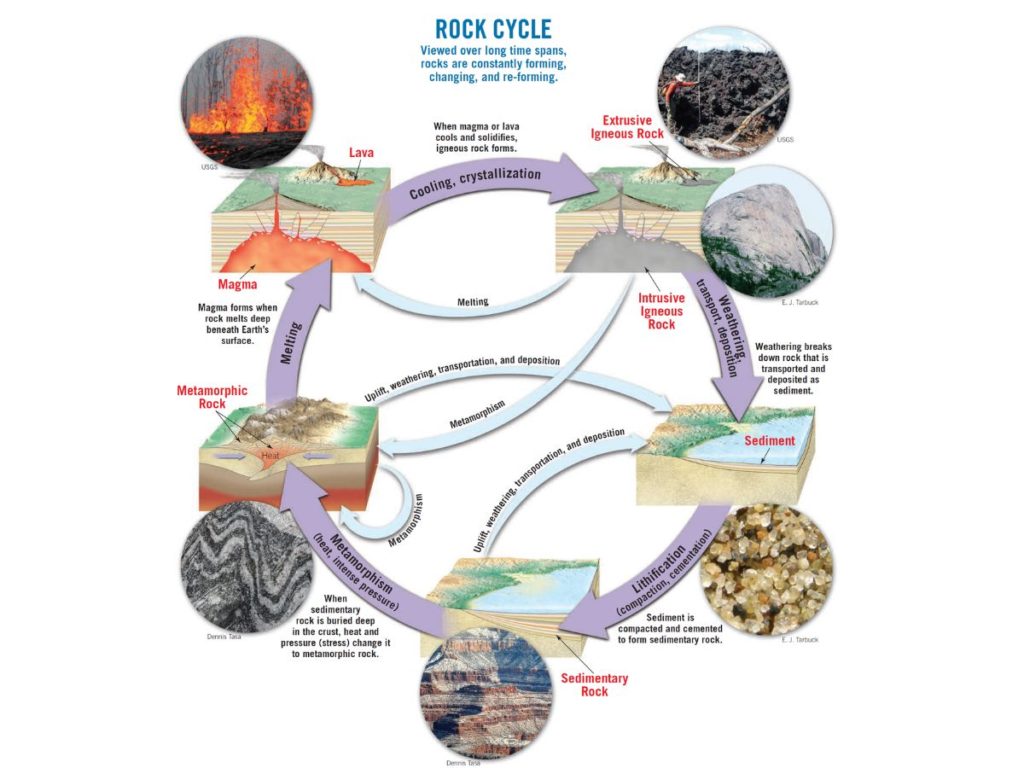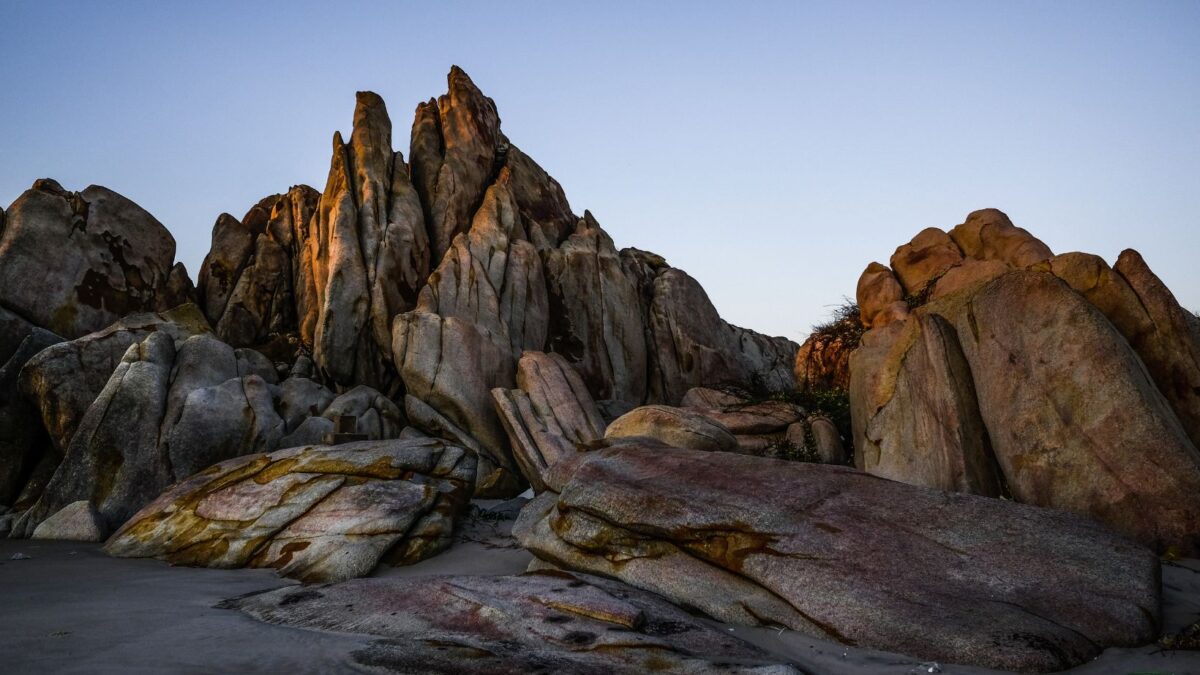If you have ever wondered what geology rocks are and how they can be used in everyday life, then you have come to the right place. Geology rocks are an incredibly fascinating part of the Earth’s history and they have many different uses. In this blog, we will explore the amazing world of geology rocks and discover what makes them so special.

Introduction to Geology Rocks
Geology rocks are an important part of the Earth’s history. They are the solidified remains of molten rock, sedimentary materials, and organic matter. They provide us with a window into the past and can tell us about the Earth’s history and geologic processes. Geology rocks can also be used for many different uses, such as construction, jewelry, and even art.
There are many different types of geology rocks and they can be categorized according to their composition, structure, and origin. The most common types of rocks are igneous, sedimentary, and metamorphic rocks. Each type has its own unique properties and characteristics, which we will explore in more detail in the following sections.
Types of Rocks
The three main types of rocks are igneous, sedimentary, and metamorphic. Igneous rocks form when molten rock cools and solidifies. They are classified according to their mineral composition and texture. Common igneous rocks include granite, basalt, and pumice.
Sedimentary rocks are formed from the deposition of sediments and organic matter. They are typically found in layers and often contain fossils. Common sedimentary rocks include sandstone, shale, and limestone.
Metamorphic rocks are formed from the transformation of preexisting rocks due to extreme pressure, temperature, or chemical reactions. They can be further classified according to their texture and mineral composition. Common metamorphic rocks include slate, marble, and quartzite.
Formation of Rocks
Rocks are formed through a combination of processes, such as cooling, deposition, and metamorphism. Igneous rocks form when molten rock cools and solidifies. This process can take place rapidly in volcanic rocks or slowly in plutonic rocks.
Sedimentary rocks are formed when sediments are deposited and then compacted and cemented together. This process can take place over millions of years and can be influenced by water and wind.
Metamorphic rocks are formed by the transformation of preexisting rocks due to extreme pressure, temperature, or chemical reactions. This process can take place over millions of years and can result in the formation of completely new rocks.
Rock Cycle
The rock cycle is a continuous process in which rocks are formed, changed, and destroyed. It is a dynamic process that involves the transformation of rocks from one type to another. The rock cycle is driven by plate tectonics, which is the movement of the Earth’s plates.

The rock cycle begins with the formation of igneous rocks from molten rock. These rocks can then be transformed into sedimentary rocks through a process of deposition and compaction. Sedimentary rocks can then be transformed into metamorphic rocks through a process of extreme pressure, temperature, or chemical reactions. Finally, metamorphic rocks can be transformed back into igneous rocks through a process of melting.
Classification of Rocks
Rocks can be classified according to their composition, structure, and origin. Igneous rocks are classified according to their mineral composition and texture. Common igneous rocks include granite, basalt, and pumice.
Sedimentary rocks are classified according to their origin, such as marine or terrestrial. Common sedimentary rocks include sandstone, shale, and limestone.
Metamorphic rocks are classified according to their texture and mineral composition. Common metamorphic rocks include slate, marble, and quartzite.
Rocks and Minerals
Rocks and minerals are two different types of materials. Rocks are composed of multiple minerals, while minerals are composed of one or more elements. Rocks are classified according to their composition, structure, and origin, while minerals are classified according to their chemical composition. Common minerals include quartz, feldspar, and mica.
Common rocks include igneous, sedimentary, and metamorphic rocks. Igneous rocks are formed from the cooling and solidification of molten rock. Sedimentary rocks are formed from the deposition and compaction of sediments and organic matter. Metamorphic rocks are formed from the transformation of preexisting rocks due to extreme pressure, temperature, or chemical reactions.
Interesting Geological Facts
Geology rocks can tell us a lot about the Earth’s history. Here are some interesting facts about geology rocks and the Earth’s history:
- The oldest rocks on Earth are about 3.8 billion years old.
- The Earth’s surface is constantly changing due to the movement of tectonic plates.
- There are over 3,000 different types of minerals on Earth.
- Rocks can provide evidence of past life, such as fossils.
- The youngest rocks on Earth are about 65 million years old.
Different Uses of Rocks
Rocks can be used for many different purposes. They can be used in construction, jewelry, and even art. Rocks can also be used as a source of fuel, such as coal, and as a source of minerals, such as gold and silver.
Construction is one of the most common uses of rocks. Rocks are used to build roads, houses, and other structures. Rocks can also be used as a form of decoration, such as landscaping stones and garden stones.
Rocks can also be used to make jewelry. Gemstones, such as diamonds and rubies, are often set in metal or glass to create beautiful pieces of jewelry. Rocks can also be used to create sculptures and other works of art.
Conclusion
Geology rocks are an important part of the Earth’s history and they have many different uses. In this blog, we explored the amazing world of geology rocks and discovered what makes them so special. We discussed the different types of rocks, their formation, and their classification. We also explored the different uses of rocks and some interesting geological facts.
So, if you ever wondered what geology rocks are and how they can be used in everyday life, now you know. Geology rocks are an incredibly fascinating part of the Earth’s history and they have many different uses. From construction to jewelry to art, geology rocks can be used for a variety of purposes. So, go explore the amazing world of geology rocks and discover their many uses!
